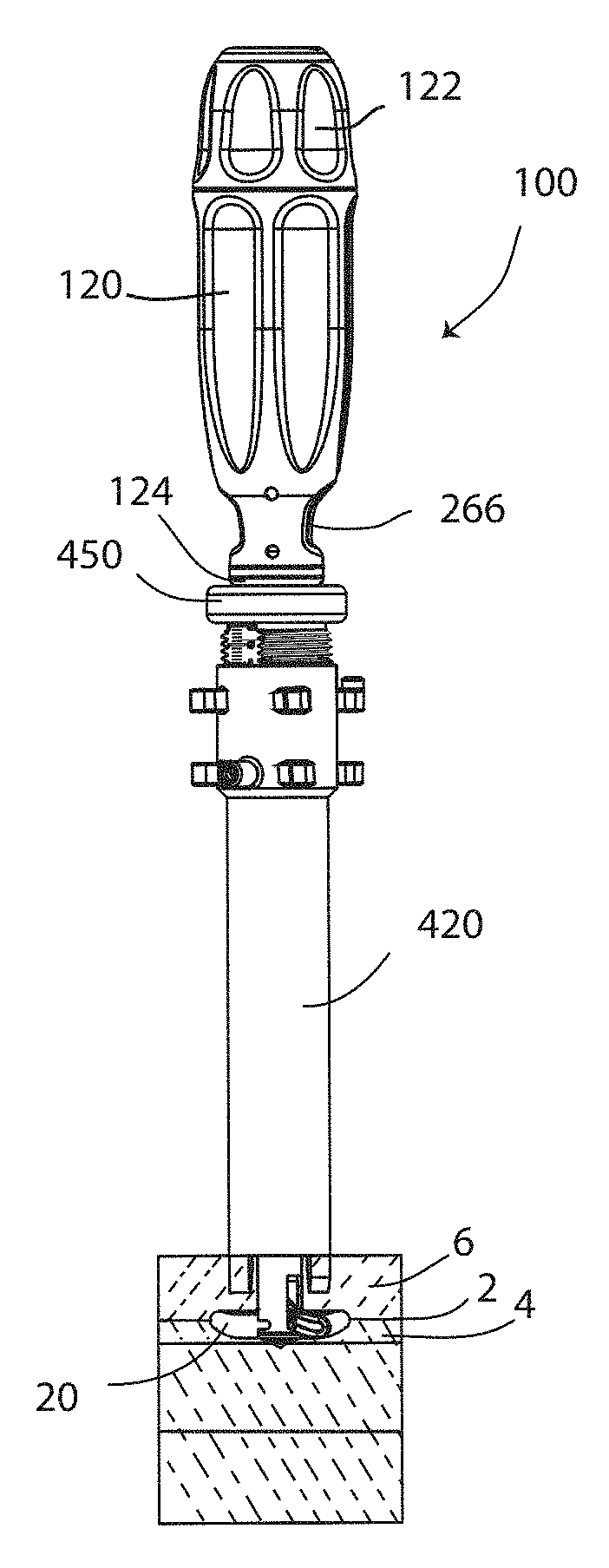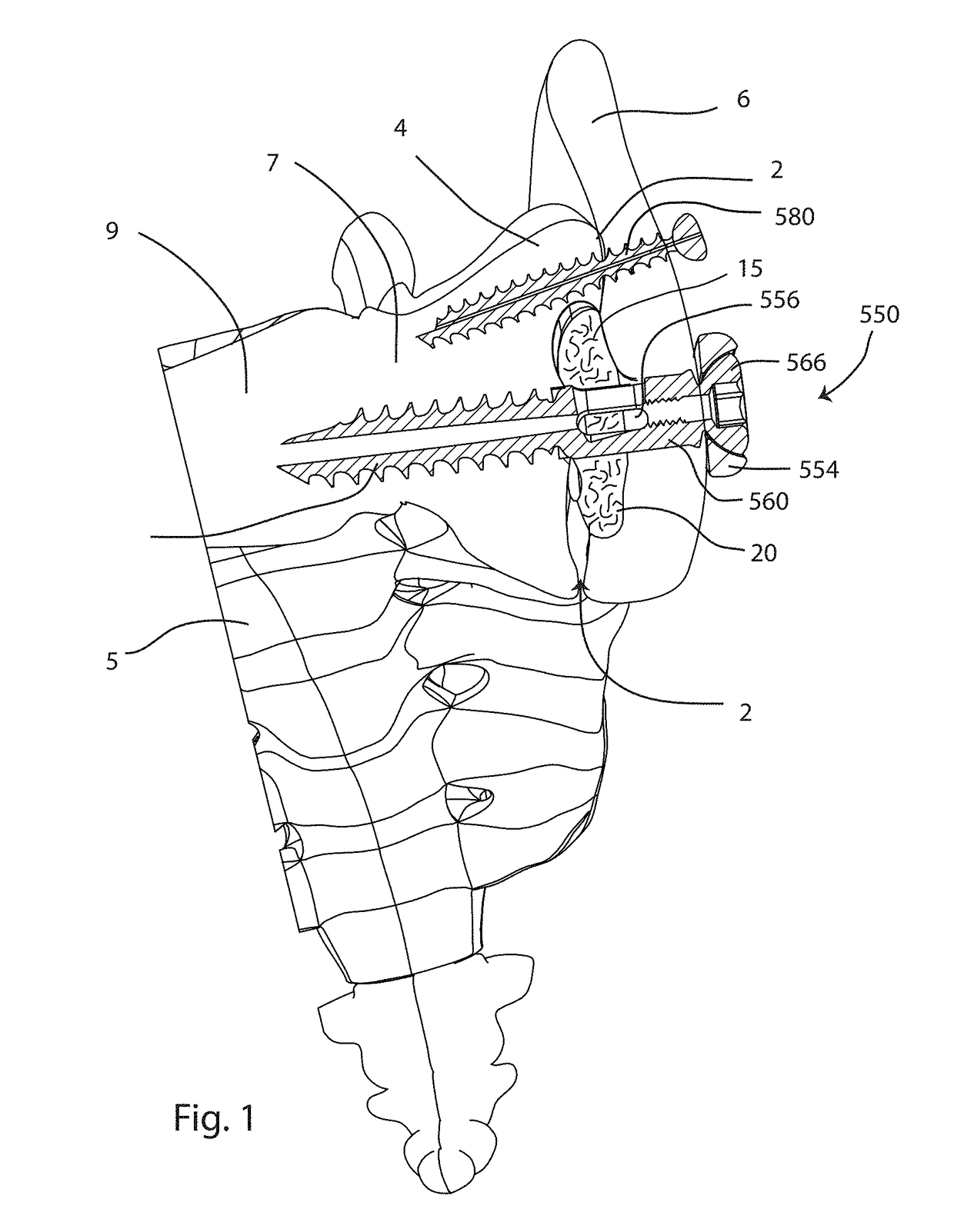Joint fusion implant and methods
a joint fusion and joint technology, applied in the field of joint fusion implants and methods, can solve the problems of large stress across, limited treatment options, and wear of the cartilage of the joint,
- Summary
- Abstract
- Description
- Claims
- Application Information
AI Technical Summary
Benefits of technology
Problems solved by technology
Method used
Image
Examples
Embodiment Construction
[0050]The present invention relates specifically to systems and methods for fusion of a sacroiliac joint, and more generally to systems and methods for creating a cavity in a bone or joint. Those of skill in the art will recognize that the following description is merely illustrative of the principles of the invention, which may be applied in various ways to provide many different alternative embodiments. This description is made for the purpose of illustrating the general principles of this invention and is not meant to limit the inventive concepts in the appended claims.
[0051]The terms “front”, “side”, “back”, “upper” and “lower” are used herein to identify a relative frame of reference to a particular device or an individual element of a device. In alternate embodiments the front or upper side of a device or element may be established on any desired side of the device or element.
[0052]According to a first aspect of the disclosure, an implant for providing compression across a joi...
PUM
 Login to View More
Login to View More Abstract
Description
Claims
Application Information
 Login to View More
Login to View More - R&D
- Intellectual Property
- Life Sciences
- Materials
- Tech Scout
- Unparalleled Data Quality
- Higher Quality Content
- 60% Fewer Hallucinations
Browse by: Latest US Patents, China's latest patents, Technical Efficacy Thesaurus, Application Domain, Technology Topic, Popular Technical Reports.
© 2025 PatSnap. All rights reserved.Legal|Privacy policy|Modern Slavery Act Transparency Statement|Sitemap|About US| Contact US: help@patsnap.com



